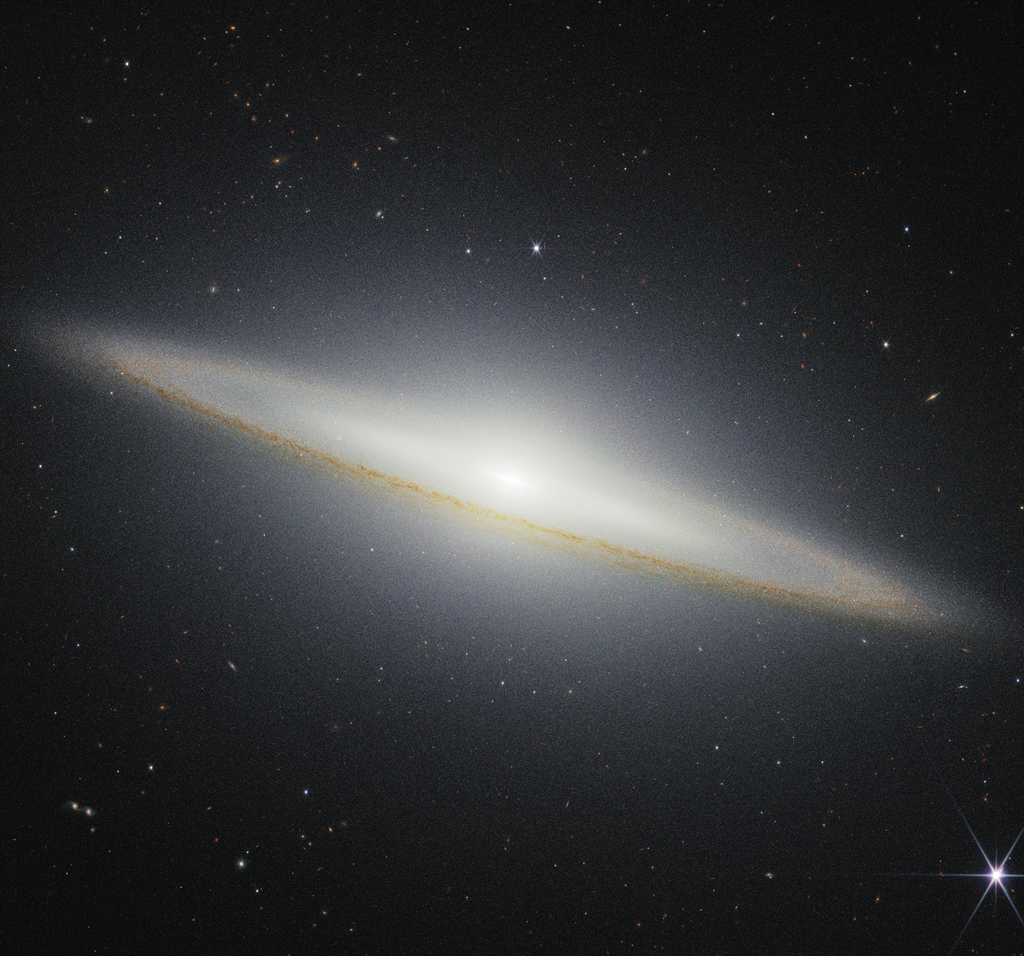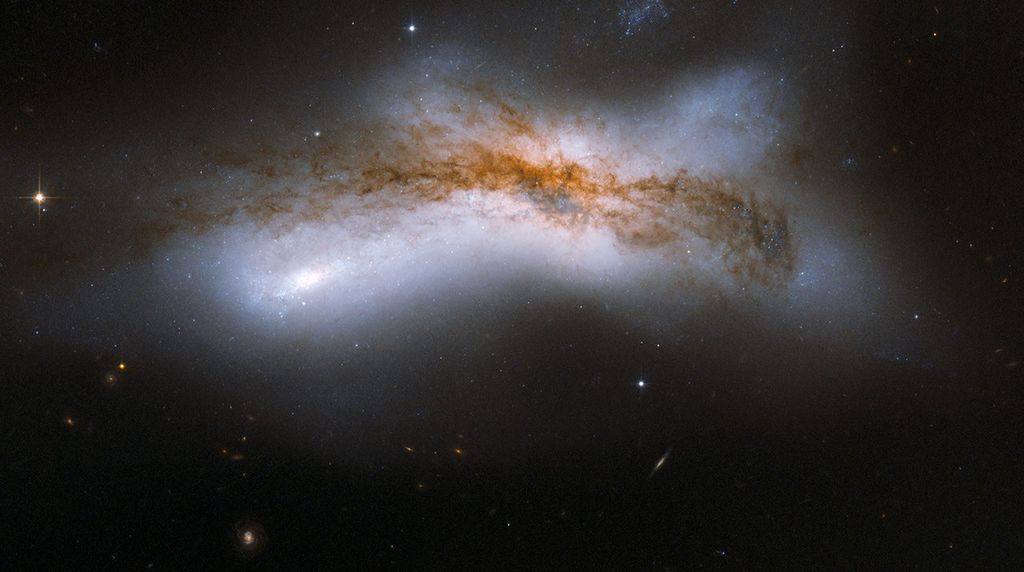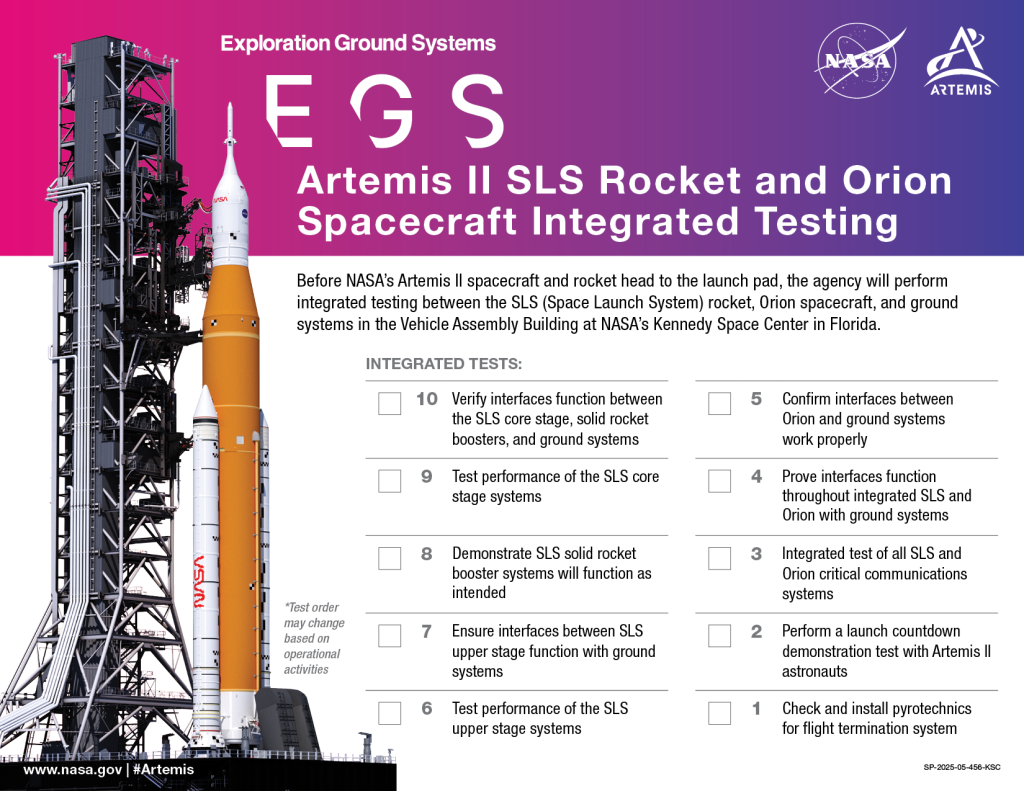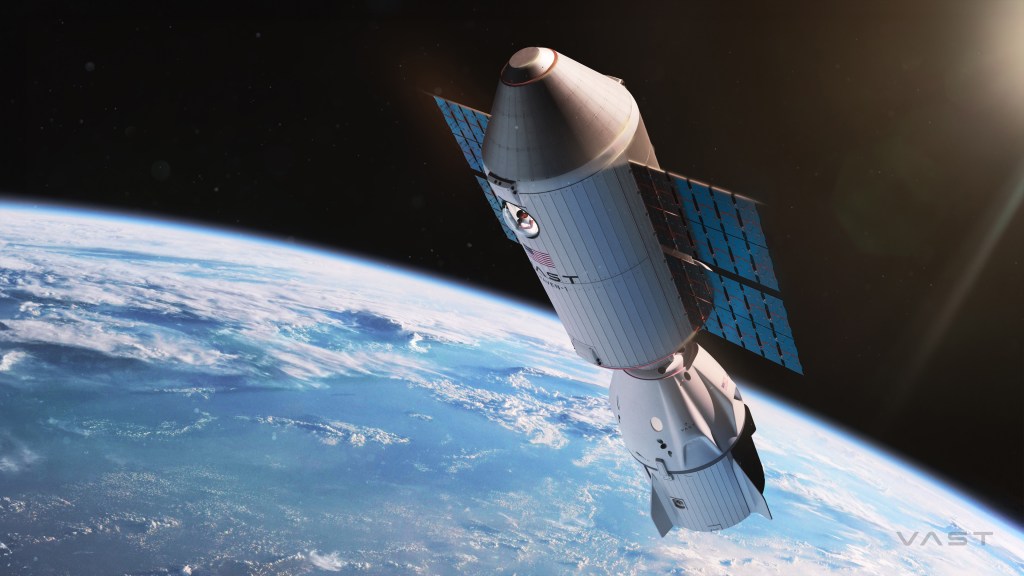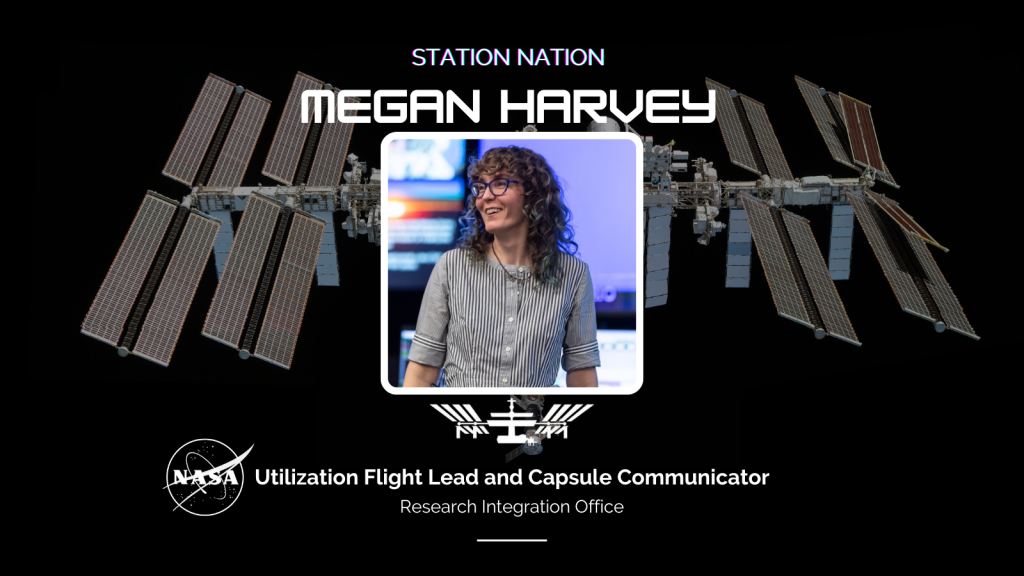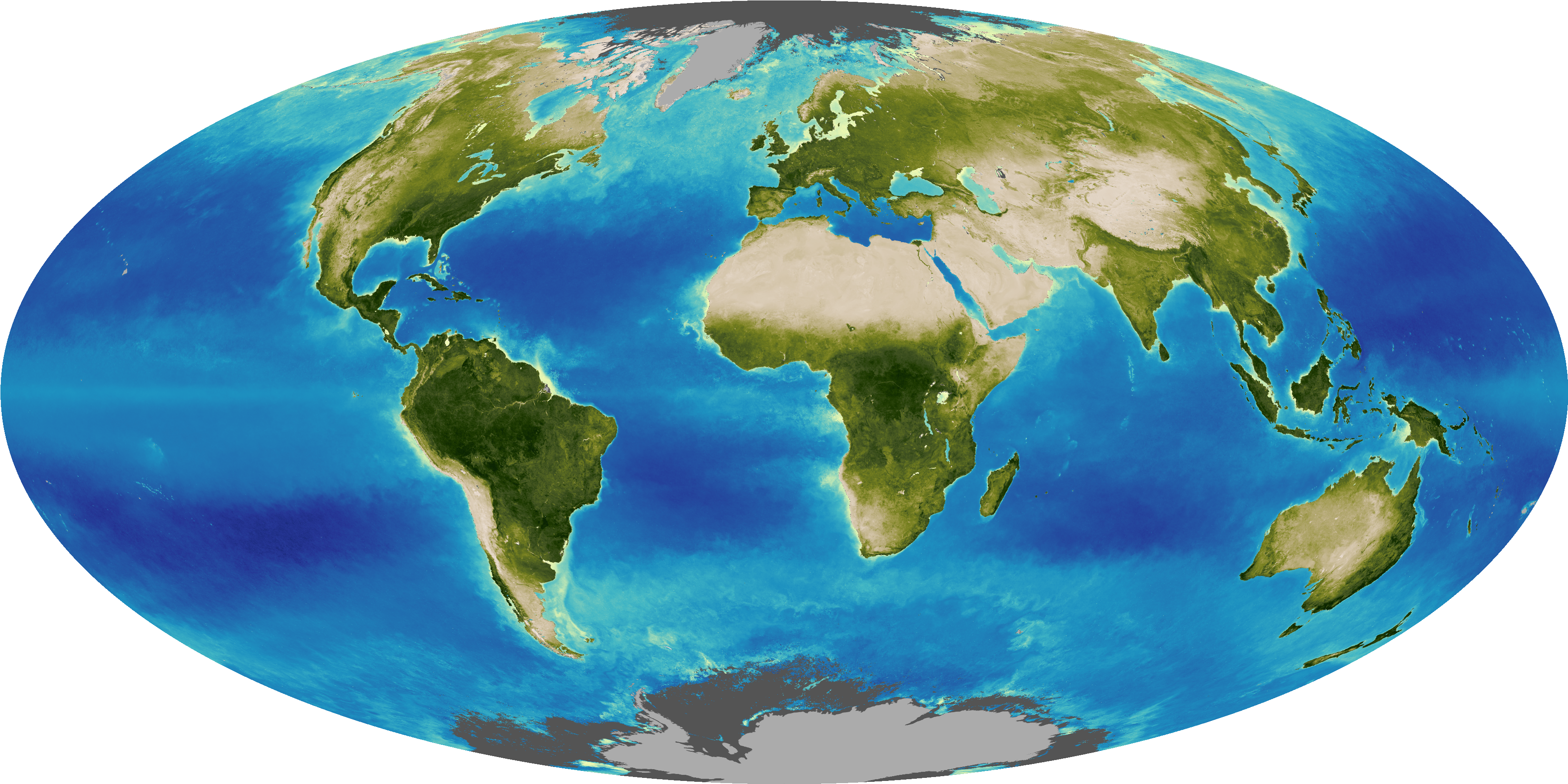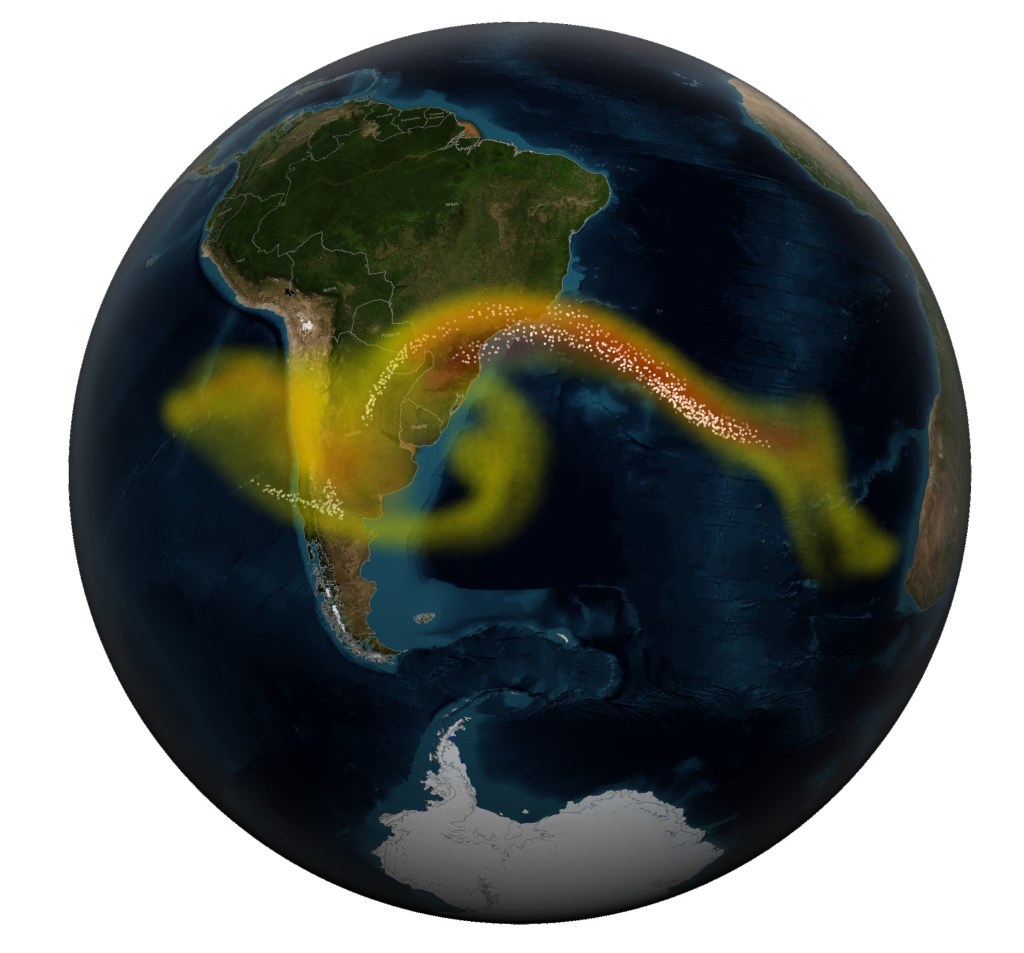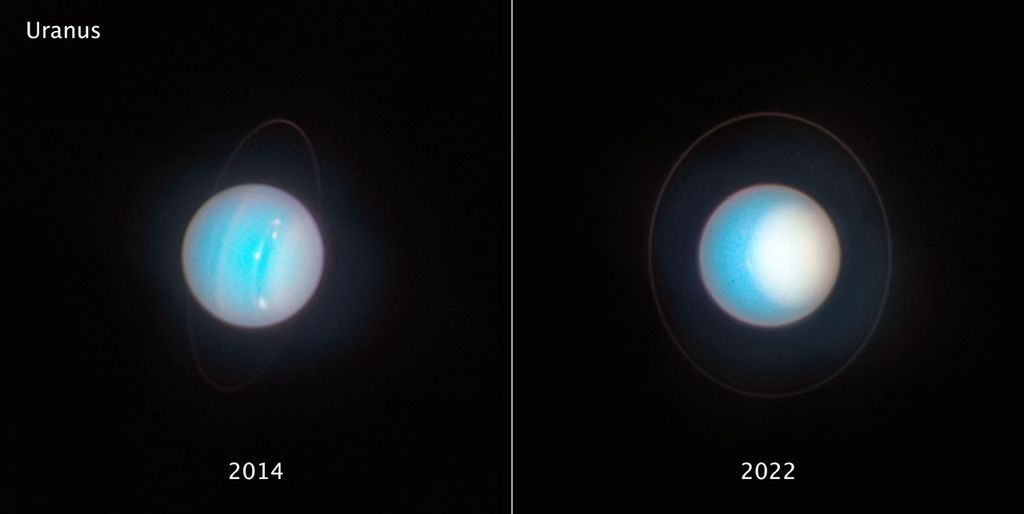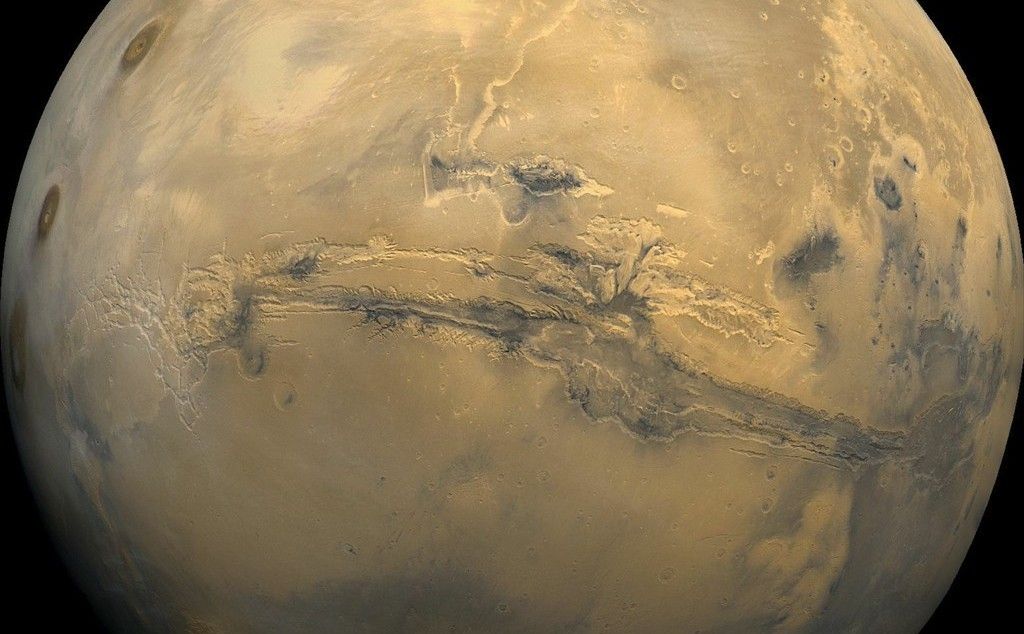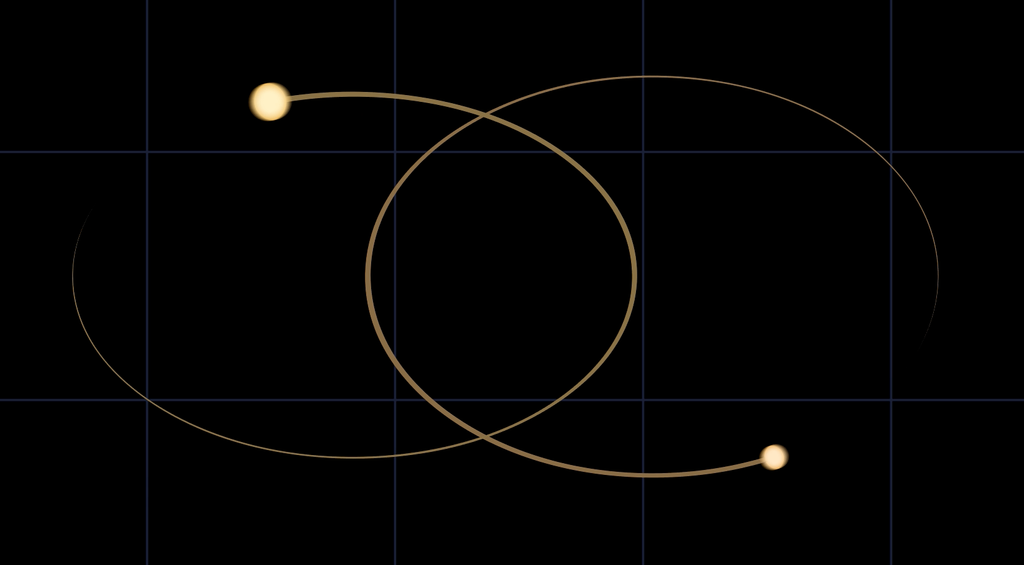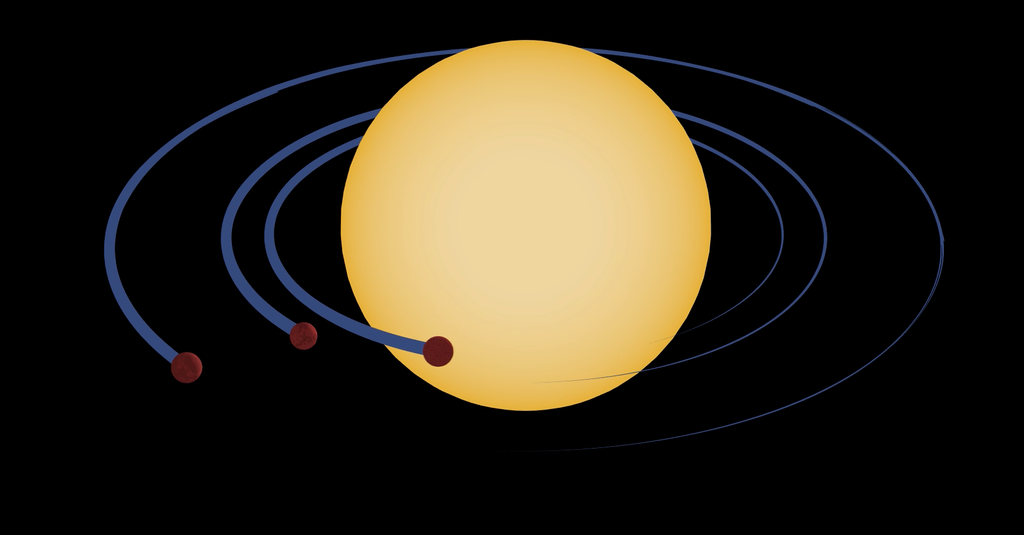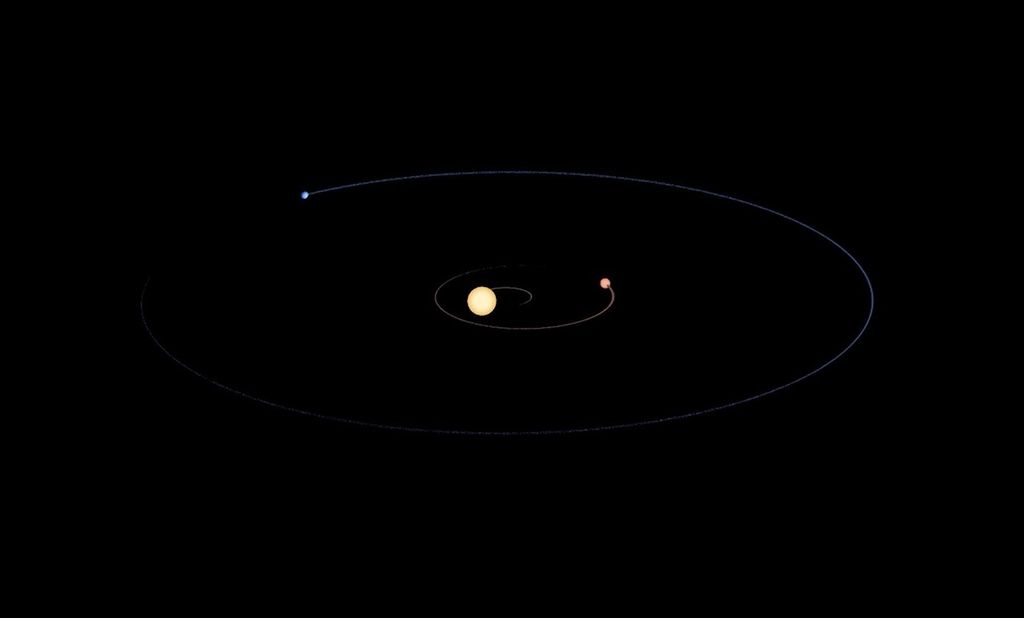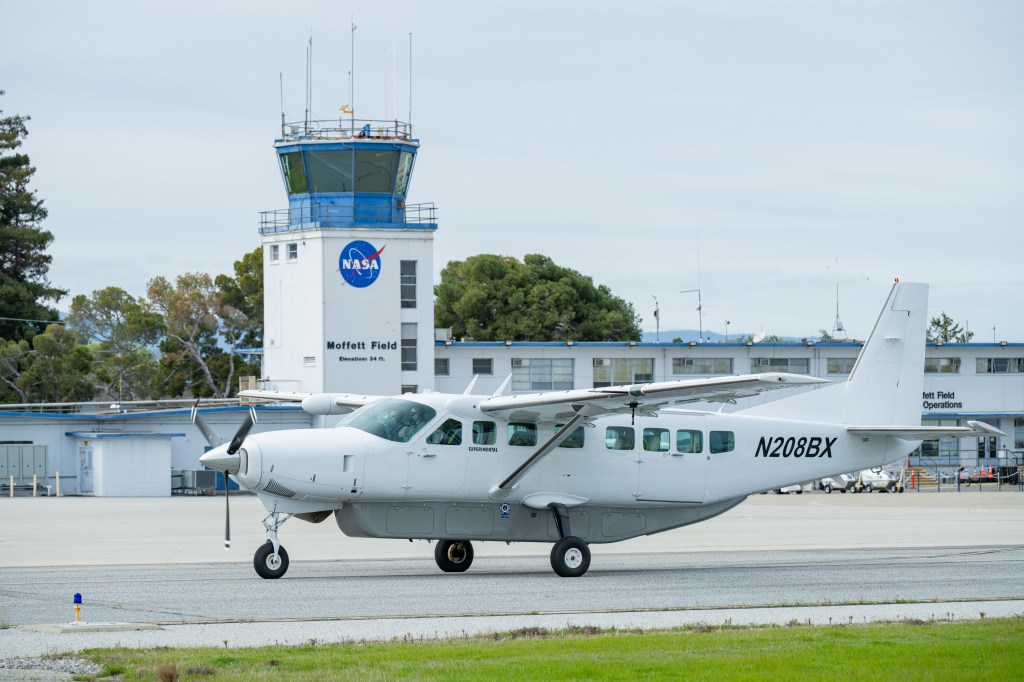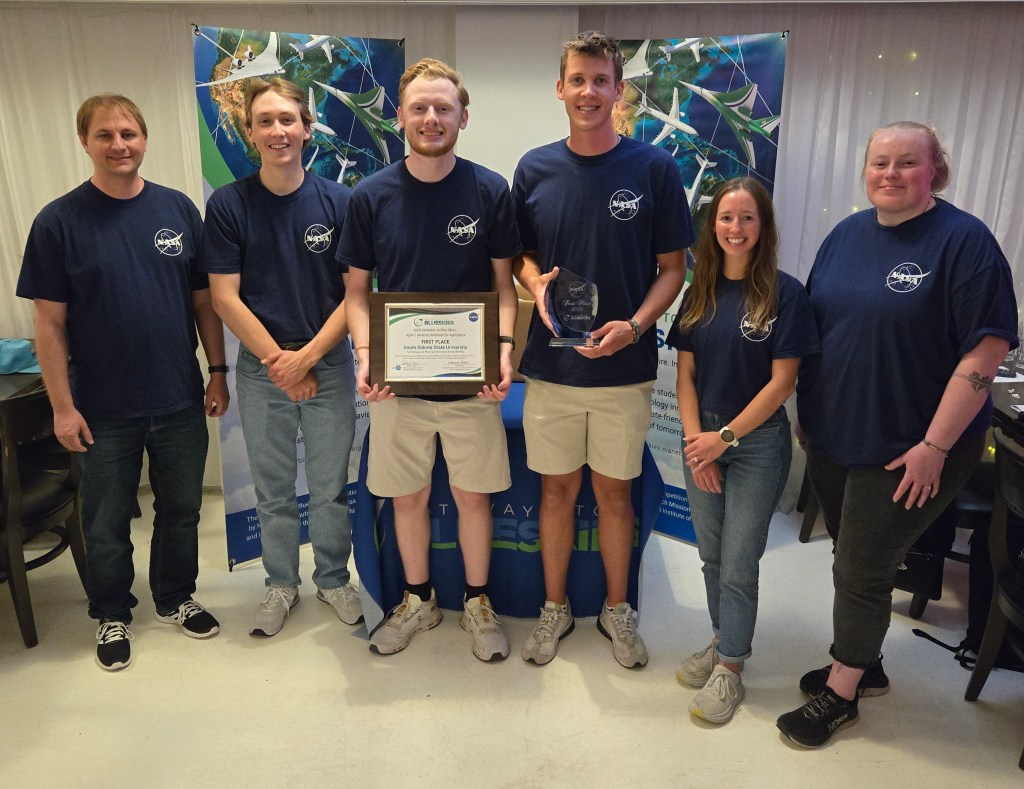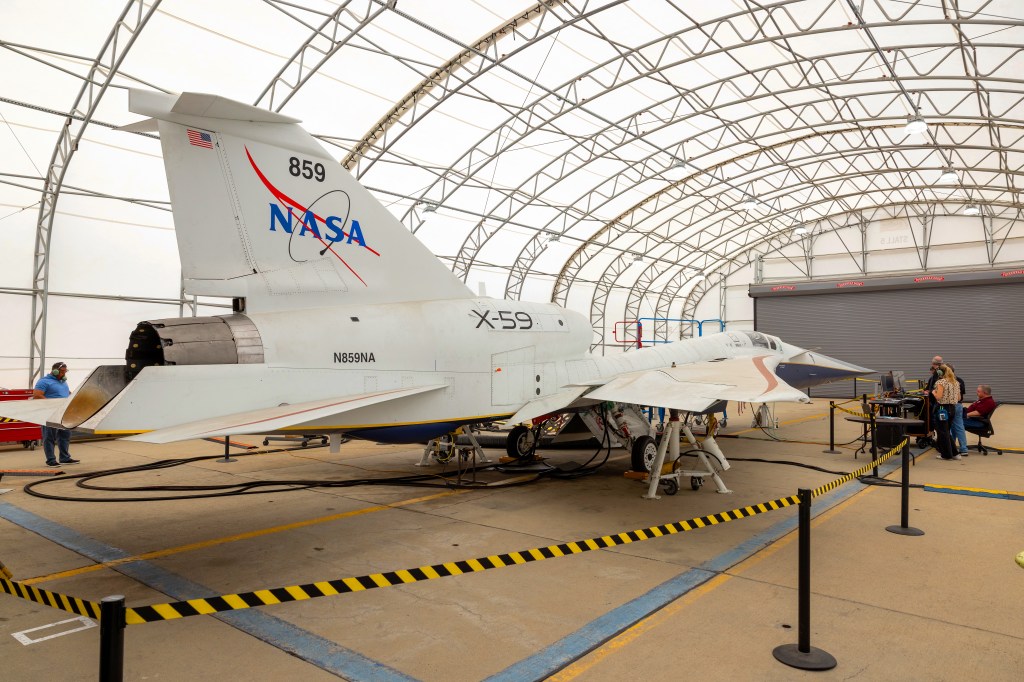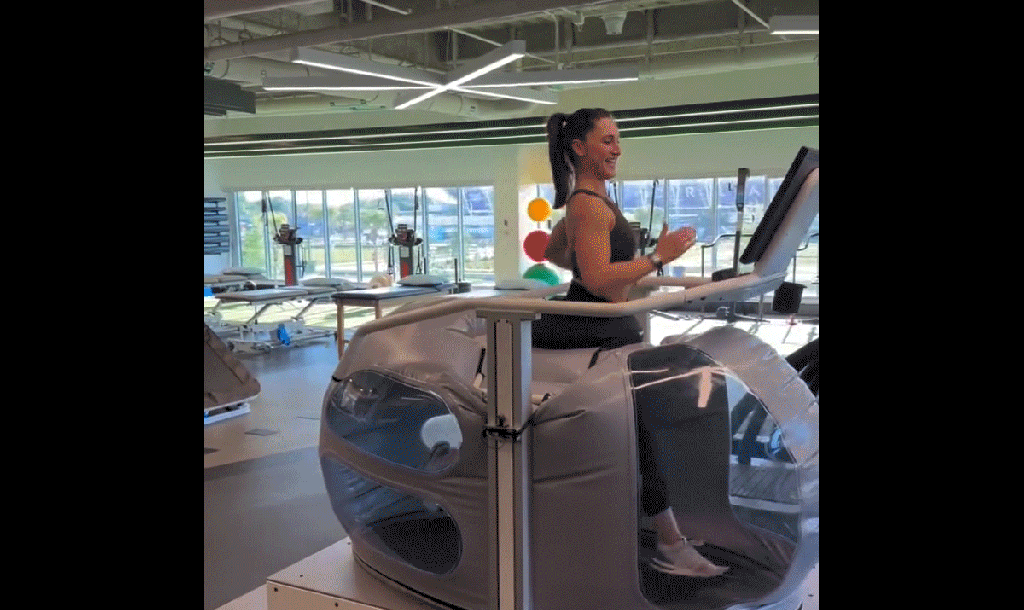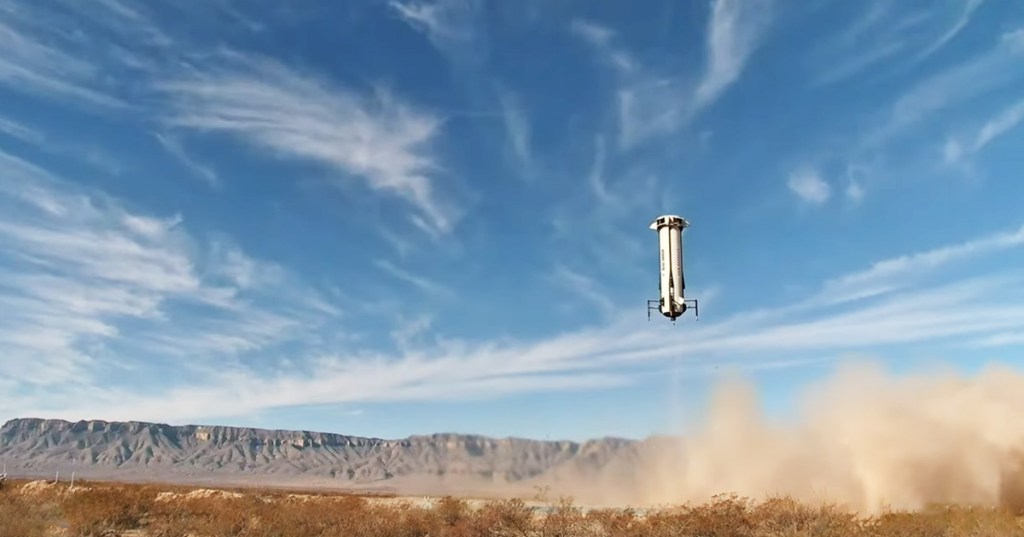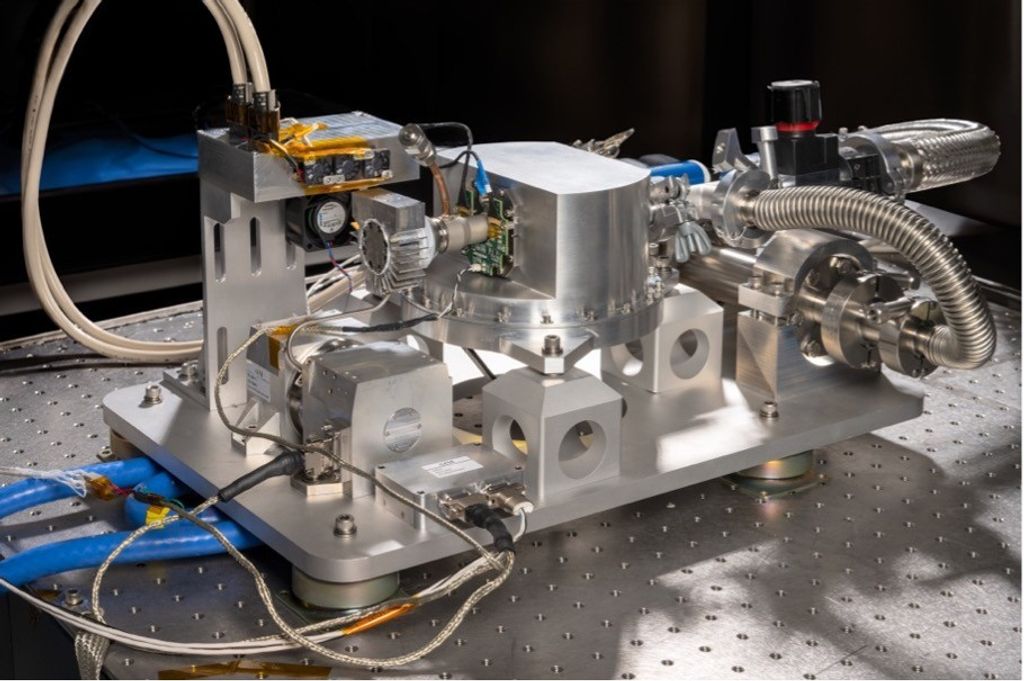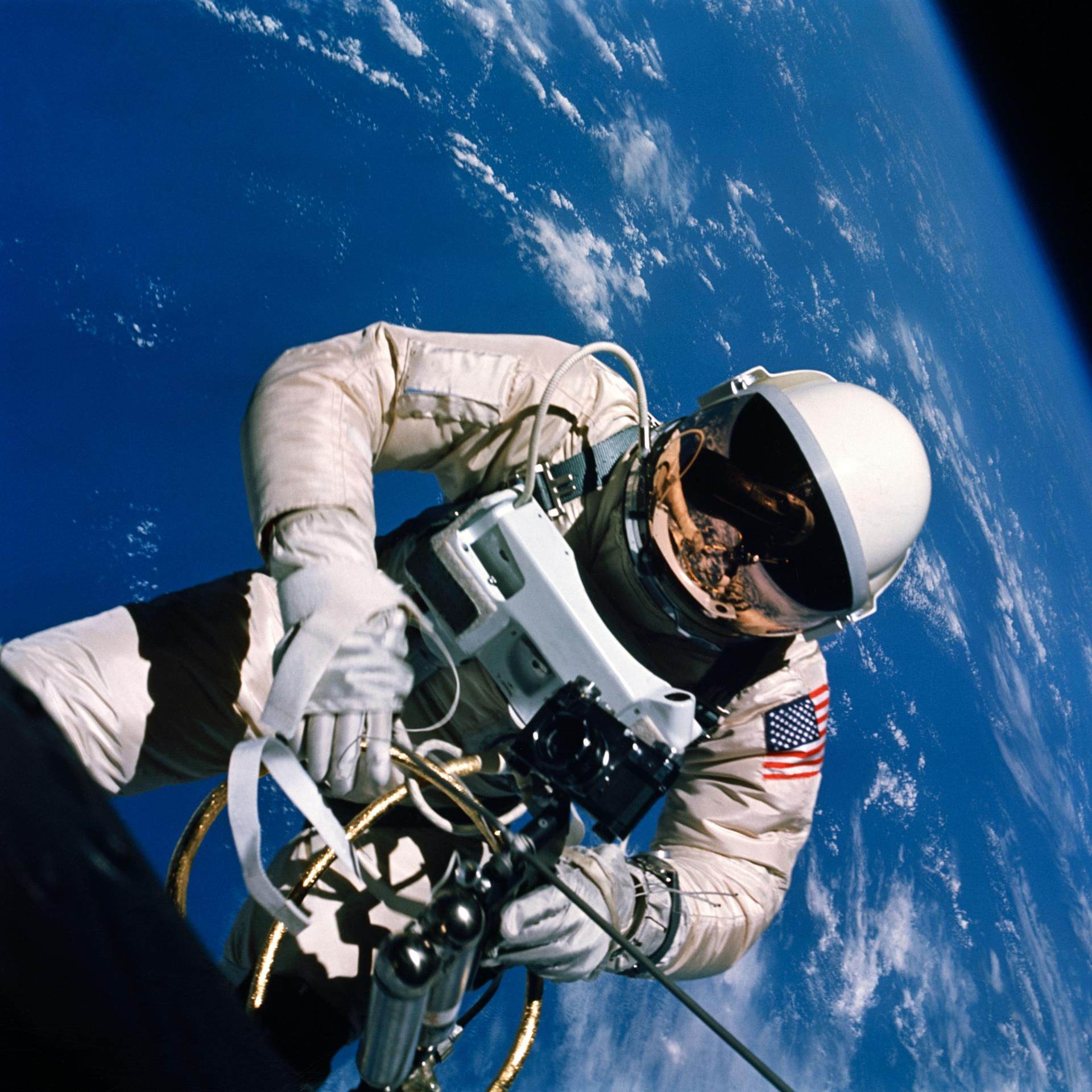APV-3 Networked UAV Teaming Experiment
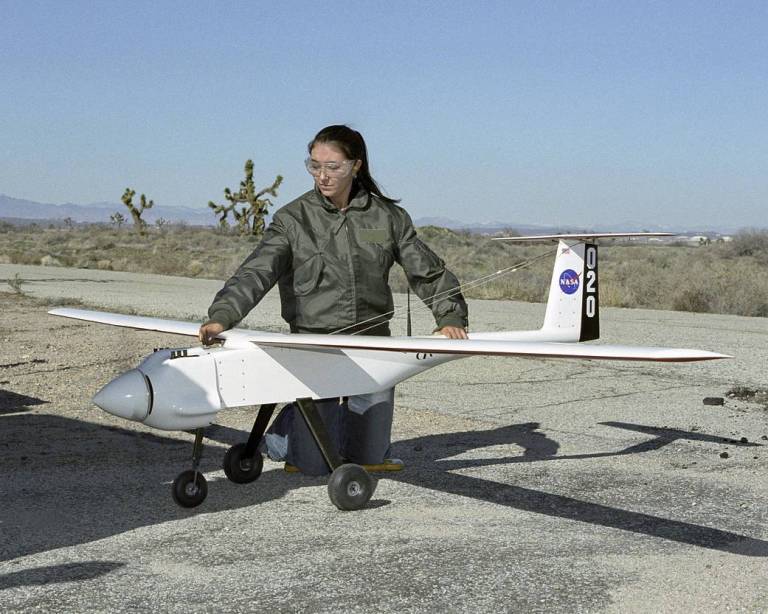
Engineers and technicians from NASA’s Ames Research Center and Dryden (now Armstrong) Flight Research Center conducted flight tests over a “virtual” forest fire in early 2005 to evaluate new flight-control software that will allow unmanned aerial vehicles (UAVs) to autonomously react to obstacles as they fly pre-programmed missions. The tests were conducted over a remote area of Edwards Air Force Base, California, to investigate cooperative flight strategies for airborne monitoring and surveillance of natural disasters and for atmospheric sampling.
The NASA researchers borrowed a mathematical tool devised by Hollywood movie makers to map and mimic the choreography used by swarms of birds and fish as they wheel and turn without striking one another. The software guided the inexpensive robotic UAVs around obstacles such as simulated smoke plumes. Boid’s algorithm separates the activities of individual birds or fish into three categories: heading matching, where the animals all try to keep the same direction; flocking, where the animals come into proximity with one another; and collision avoidance, in which the birds or fish maneuver to keep from running into each other.
NASA used a Piccolo®autopilot and global positioning system (GPS) transmitters to enable a pair of RnR Products APV-3 UAVs to maneuver responsively in relation to each other. With the two 12-foot wingspan UAVs, the NASA researchers proved the concepts inherent in Boid’s algorithm. Neither aircraft communicated with the other directly, but sent and received signals to and from a central computer station on the ground, and it directed both airplanes to maneuver as needed.
The software automatically developed individual flight plans and transmitted them to each aircraft. After passing their first few waypoints, one of the UAVs was commanded to begin orbiting over the virtual fire. The remaining search points were then transmitted to the second aircraft, which incorporated these points into its flight plan and completed the mission.
This emerging software technology may one day enable swarms of aircraft to move safely from one area to another as a flock or group, “stacked” in a vertical column with instruments to collect air samples on future science missions or help ground personnel monitor forest fires and other natural disasters.
The Networked UAV Teaming Experiment was sponsored by NASA’s Aeronautics Research Mission Directorate’s Aeronautics Systems Analysis Project.

